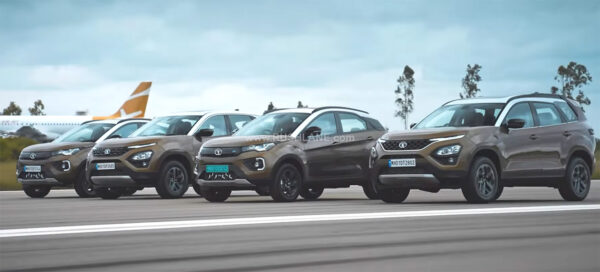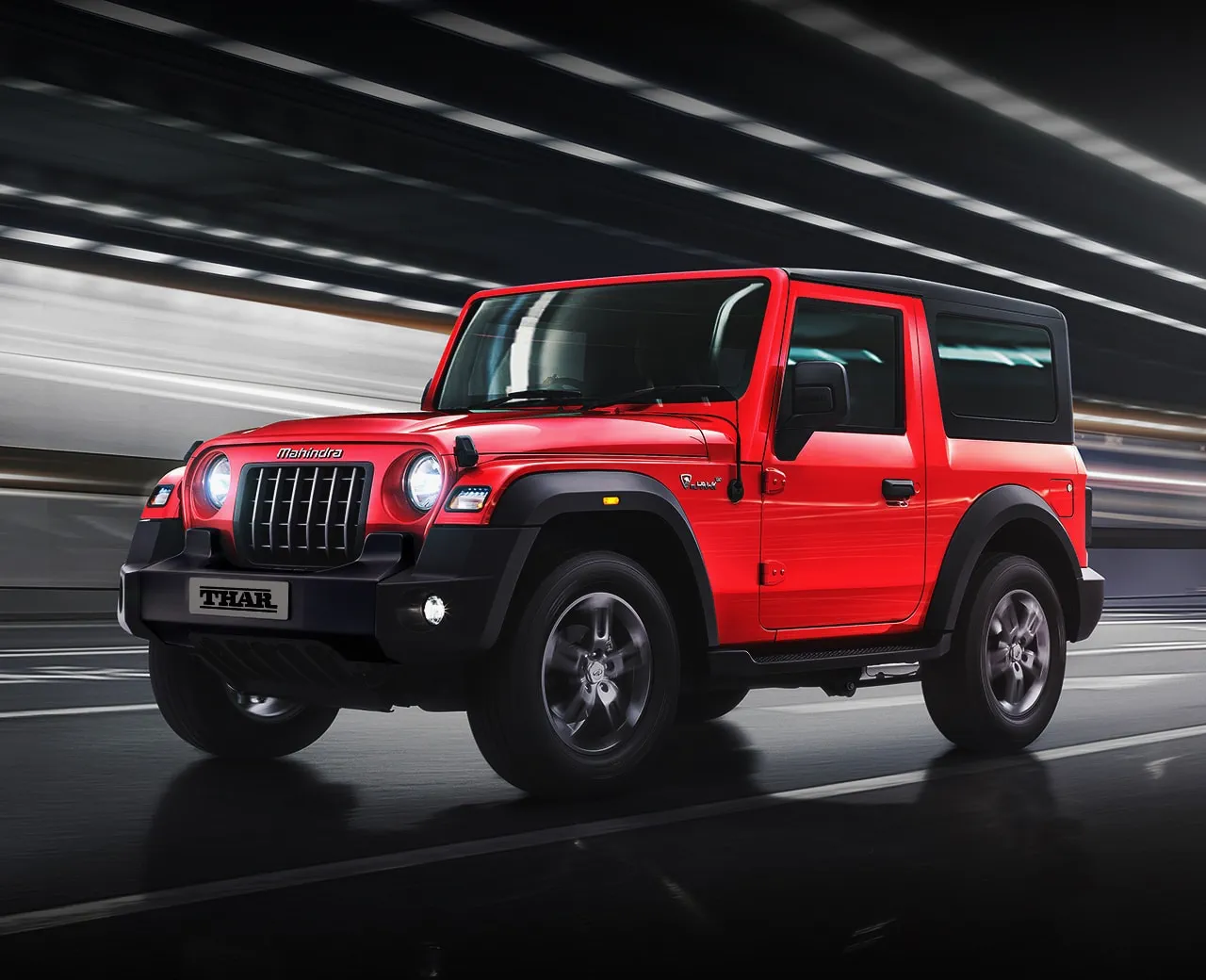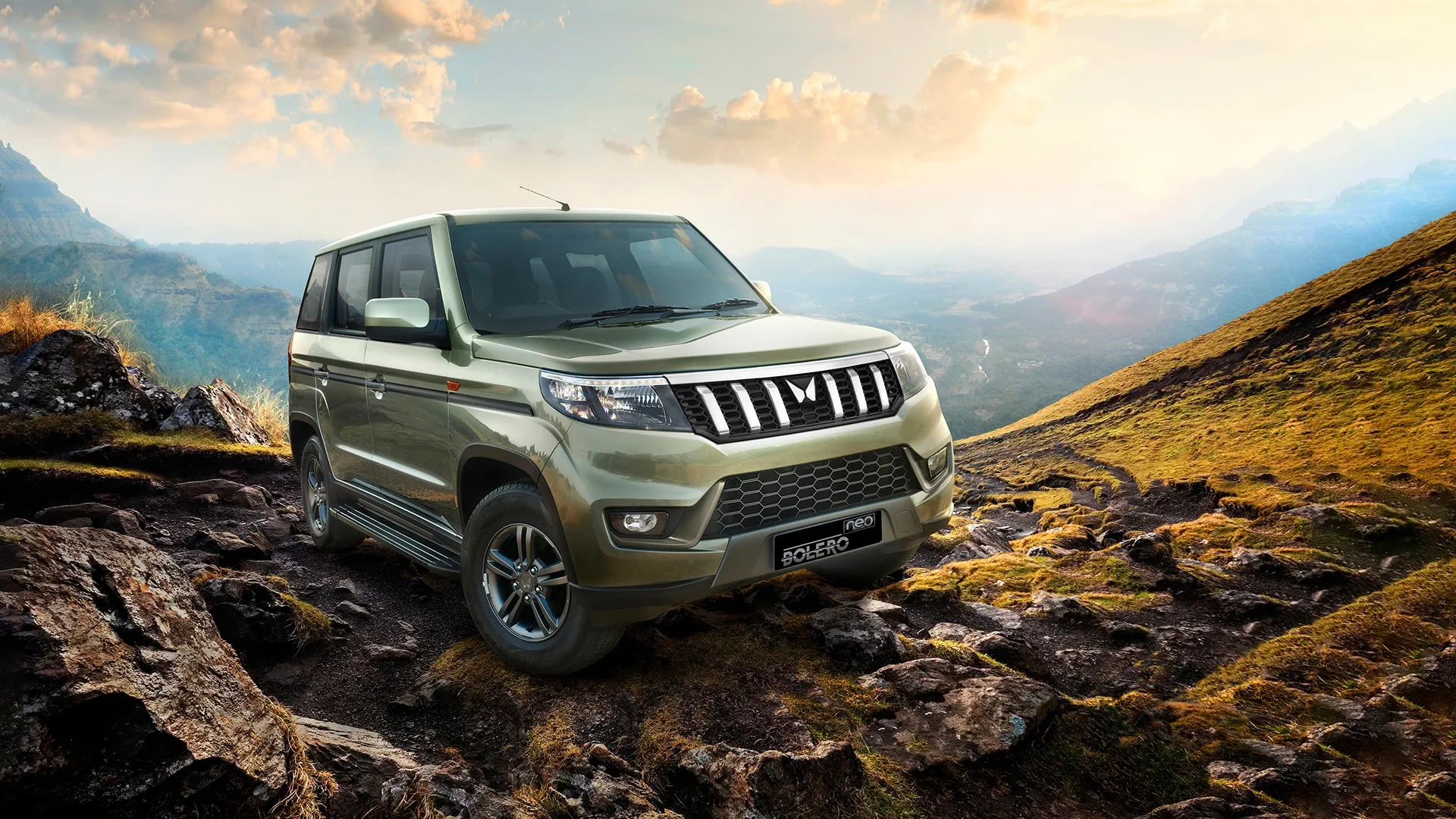Understanding the Recent Price Hikes in the Indian Automotive Industry
In the ever-evolving landscape of the Indian automotive sector, two major players, Tata Motors and Mahindra, have recently announced price hikes across their vehicle ranges. These adjustments come as responses to the economic challenges and rising input costs that impact the industry. This article delves into the details of Tata Motors’ decision to revise prices for both Internal Combustion Engine (ICE) and Electric Vehicles (EVs), as well as Mahindra’s strategic price adjustments for popular models like the Thar and Bolero Neo. Let’s explore the reasons behind these moves, the specific models affected, and the implications for consumers navigating the dynamic market.
Tata Motors Hikes are Across the Range
In a recent announcement, Tata Motors has revealed its decision to increase the prices of its entire vehicle range, effective from February 1, 2024. The price revision, averaging 0.7%, encompasses all models, including Internal Combustion Engine (ICE) and Electric Vehicles (EVs). The move is attributed to a strategic measure to offset the escalating input costs in the automotive industry.

Tata Motors, a prominent Indian automaker, boasts a diverse lineup comprising seven ICE models and four EVs. The portfolio includes popular names like Tiago, Tigor, Punch, Altroz, Nexon, Harrier, and Safari, catering to both traditional and electric vehicle enthusiasts.
Mahindra Hikes for Thar, and Bolero range!
Following suit, Mahindra, another key player in the Indian automotive market, has also implemented price hikes for its models starting from the beginning of the year 2024. Among the affected vehicles are the Scorpio, Thar, and the Bolero lineup. The Thar, a lifestyle SUV, witnessed price increases ranging up to Rs. 34,699, with the highest revision applicable to the AX(O) hard-top diesel MT 4WD variant. Conversely, the entry-level LX hard-top petrol AT RWD experienced the lowest price adjustment of Rs. 22,899.
The Mahindra Thar range now spans a price spectrum from Rs. 14 lakh for the base LX hard-top petrol AT RWD variant to Rs. 17.20 lakh for the top-spec LX hard-top diesel AT 4WD variant. Additionally, Mahindra has plans to introduce a five-door variant of the Thar in India, anticipated to precede the launch of the XUV300 facelift.

Shifting the focus to the Mahindra Bolero Neo, the automaker has implemented a price hike of up to Rs. 33,300. The Bolero Neo, available in four variants – N4, N8, N10, and N10(O) – experienced varying degrees of price increases. The N8 variant saw the maximum hike of Rs. 33,300, while the N4 and N10 variants incurred price adjustments of Rs. 25,300 and Rs. 10,000, respectively. Notably, the prices for the N10(O) variant remained unchanged.

Mechanically, the Bolero Neo is equipped with a 1.5-litre diesel engine generating 100bhp and 260Nm of torque. The engine is paired exclusively with a five-speed manual gearbox, directing power to the rear wheels.
Here are the revised ex-showroom prices for the Mahindra Bolero Neo:
- N4: Rs. 9,89,601 (Price Hike: Rs. 25,300)
- N8: Rs. 10,49,799 (Price Hike: Rs. 33,300)
- N10: Rs. 11,47,499 (Price Hike: Rs. 10,000)
- N10(O): Rs. 12,15,500 (No Price Hike)
In summary, the automotive industry in India is witnessing a trend of price hikes by major players, including Tata Motors and Mahindra. These adjustments are driven by the necessity to counterbalance rising input costs, affecting both ICE and EV models. The specific details of the price revisions for popular models like the Tata Tiago, Mahindra Thar, and Bolero Neo highlight the varying impacts on different segments of the market. As the automotive landscape evolves, consumers can expect a dynamic market with periodic adjustments in vehicle prices.
Verdict:
The recent price hikes announced by Tata Motors and Mahindra reflect the ongoing challenges faced by the Indian automotive industry. Tata’s decision to revise prices across its entire range, including both traditional and electric vehicles, underscores the impact of rising input costs. This move, though incremental at 0.7%, is a strategic measure to maintain profitability amid economic fluctuations.
Mahindra, too, follows suit with price adjustments for popular models like the Thar and Bolero Neo. The Thar, a lifestyle SUV, sees varying price increments, emphasizing the dynamic nature of these adjustments across different variants. Mahindra’s approach to disclose the exact quantum of price hikes provides transparency for consumers, allowing them to make informed decisions.
The Bolero Neo’s price hike, especially on the N8 variant, might prompt consumers to reassess their preferences based on budget considerations. However, it’s noteworthy that Mahindra has kept the prices of the N10(O) variant unchanged, potentially retaining appeal for those seeking a specific configuration.
In the broader context, the automotive landscape in India is evolving, with manufacturers navigating challenges such as inflation, supply chain disruptions, and increasing production costs. The industry’s response through periodic price revisions reflects a proactive strategy to maintain stability and sustain growth.
As consumers evaluate the revised ex-showroom prices, it becomes crucial to weigh the value proposition offered by each model against the adjusted costs. The upcoming launches, such as the five-door Thar and XUV300 facelift, add an element of anticipation to the market, potentially influencing buying decisions in the months to come.
Conclusion:
In conclusion, the price hikes by Tata Motors and Mahindra are indicative of the automotive industry’s resilience and adaptability in the face of economic uncertainties. Consumers can anticipate a more dynamic market, where manufacturers balance the need for profitability with the expectations of an evolving customer base. As the industry continues to innovate and introduce new offerings, the impact of these price adjustments on consumer choices will likely unfold over the year.
Automaker Price Hike FAQs
1. Why are Tata Motors and Mahindra increasing their vehicle prices?
Tata Motors cites the need to partially offset the rise in input costs as the primary reason for the price hike. Mahindra, too, is adjusting prices to navigate economic challenges.
2. When will the new prices be effective?
Tata Motors’ price hike will take effect from February 1, 2024. Mahindra has already implemented the new prices starting from January 1, 2024.
3. Which models are affected by Tata Motors’ price hike?
All models from Tata Motors, including Internal Combustion Engine (ICE) and Electric Vehicles (EVs), will see an average price revision of 0.7%.
4. What Mahindra models are impacted by the price adjustments?
Mahindra’s Scorpio, Thar, and Bolero lineup have experienced price hikes. Specific details for each model variant are provided in the article.
5. How much is the price increase for Mahindra Thar?
Prices of the Mahindra Thar have been hiked by up to Rs. 34,699, with variations across different variants. Details can be found in the article.
6. Are there any unchanged prices in Mahindra’s Bolero Neo lineup?
Yes, the prices of the N10(O) variant in the Mahindra Bolero Neo lineup remain unchanged despite the overall price adjustments.
7. What is the significance of the upcoming launches mentioned in the article?
Mahindra is scheduled to launch a five-door Thar and an XUV300 facelift. These launches contribute to the evolving landscape of the Indian automotive market.
8. How does Tata Motors’ price hike impact Electric Vehicles (EVs)?
Tata Motors’ price hike includes both ICE and EV models, showcasing a comprehensive adjustment across their entire vehicle range.
9. Is the price revision a common trend in the Indian automotive industry?
Yes, several manufacturers, including Mahindra, have announced price hikes in response to economic conditions and rising input costs.
10. How can consumers assess the value proposition amidst the price adjustments?
Consumers are advised to weigh the features and benefits of each model against the adjusted costs to make informed decisions based on their preferences and budgets.